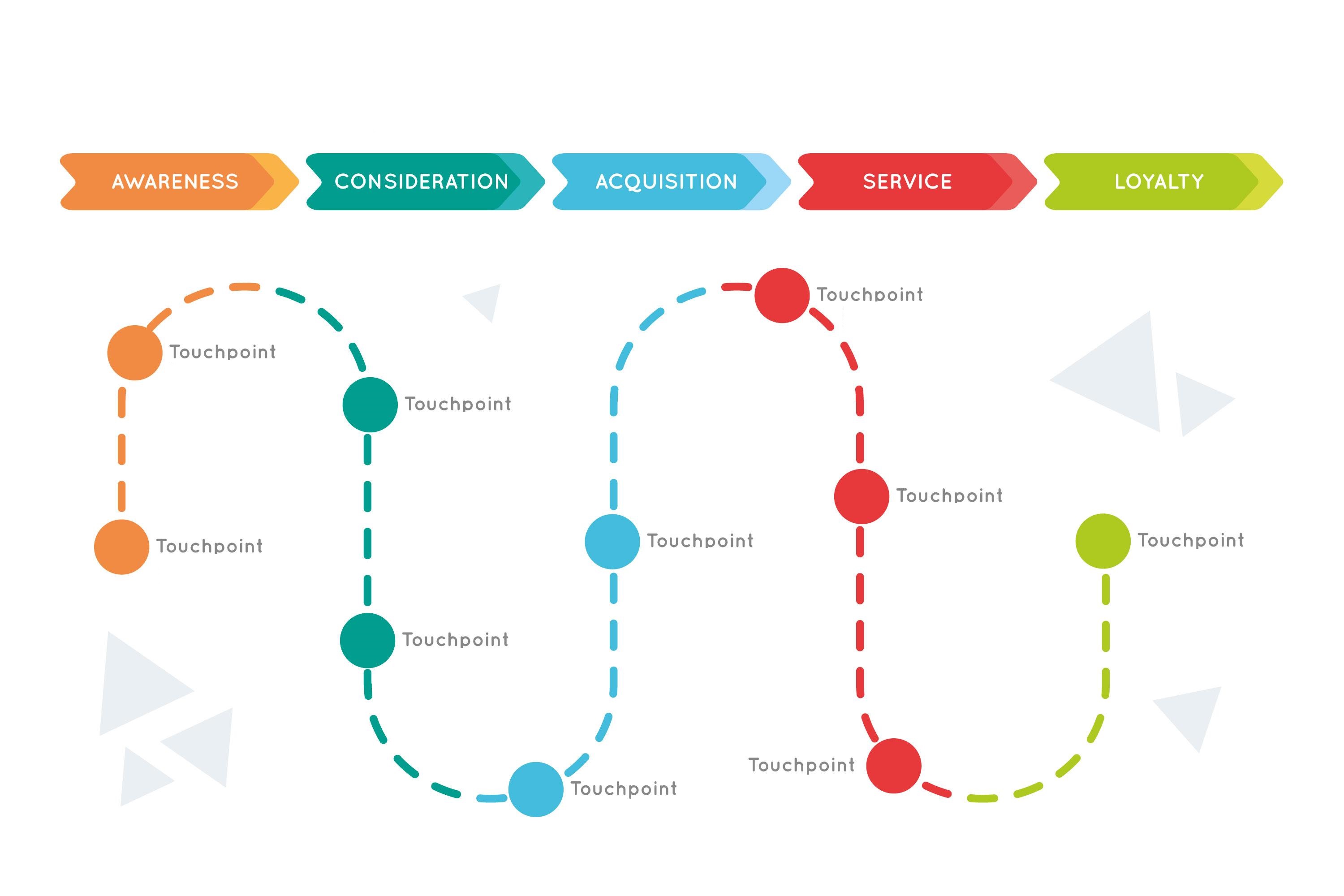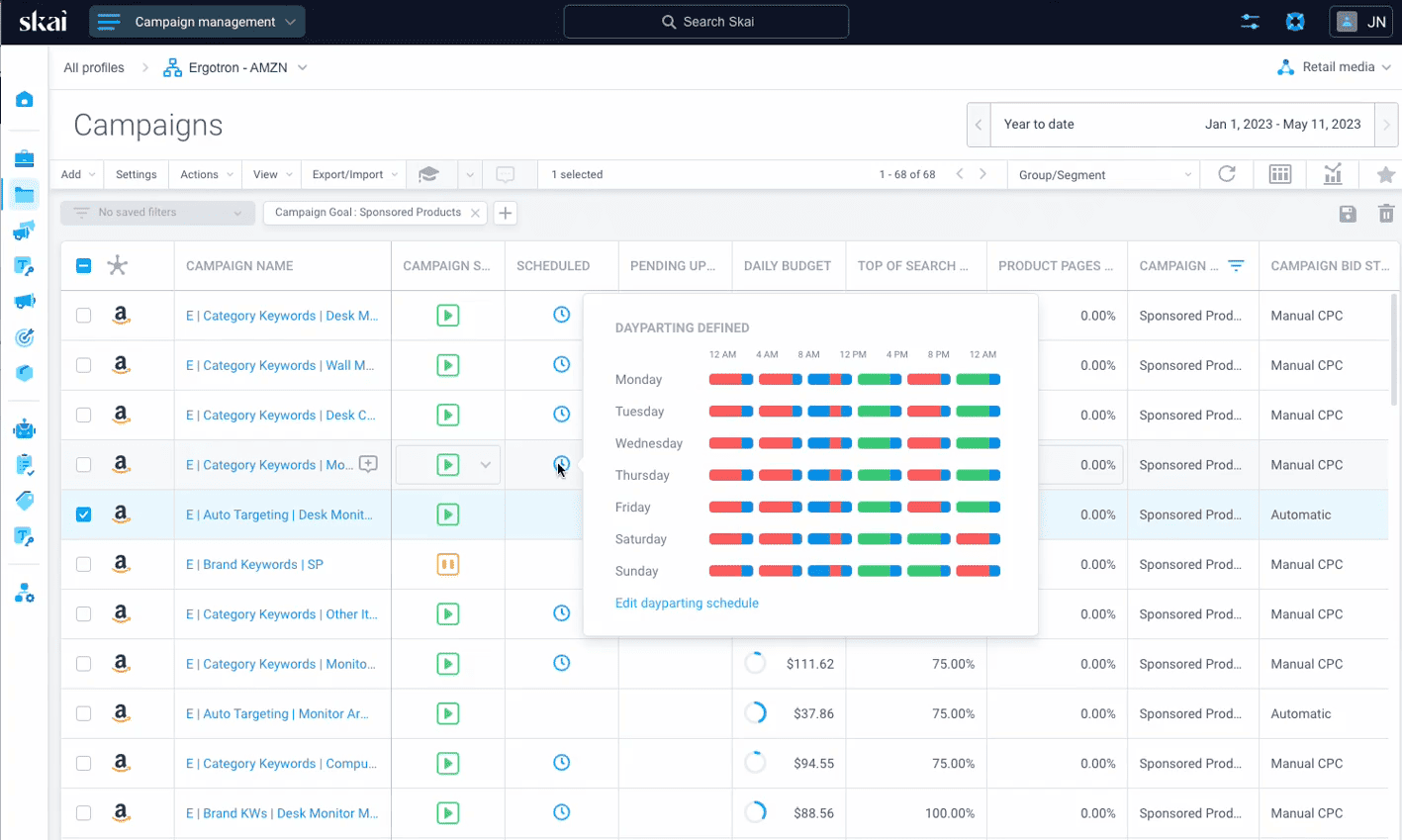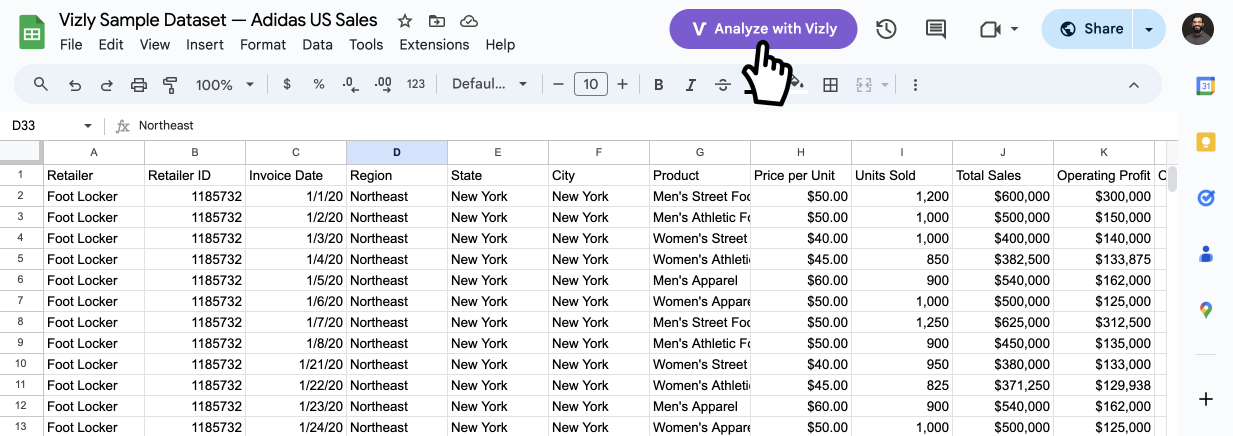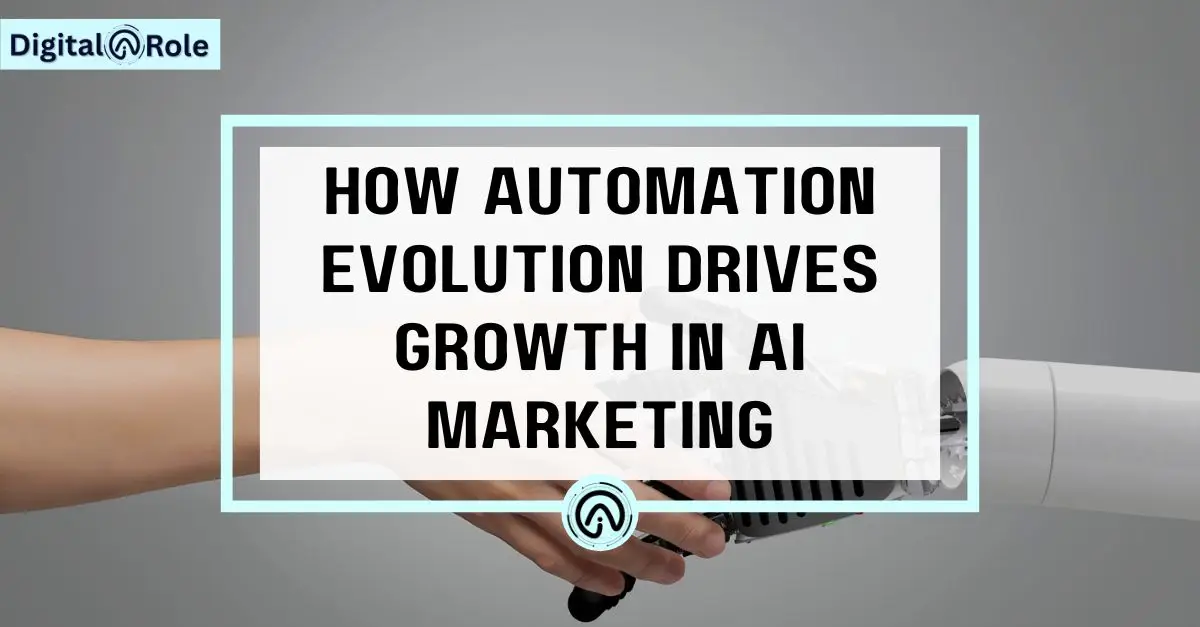Marketing has always been an evolution in every age of digital success. It started from handwritten messages and sales to door-to-door, but now it has transformed into digital sales powered by data. Today, the generation is standing at a turning point: The shift is from manual processing to AI-automation. There is a time when humans require a lot of effort and hours to execute a single program or sell a product.
But with the invention of Artificial Intelligence, the same task is executed within seconds and handled by AI easily, which adapts, learns, and optimises in real time. This transformation is known as Automation evolution, which is the graduation of tools, technologies, NLP, and methods that have replaced the human manual task with a sophisticated automation workflow.
From the early days of industrial evolution, where machines first enhanced productivity, to the present, with AI-powered marketing platforms, automation has continuously redefined customer interaction and how businesses operate and connect with customers.
With the rise of AI marketing, the automation evolution is not just about efficiency; it’s about growth. Automated workflow in marketing to scale the campaigns, personalise customer experience, and make data-driven decisions.
In this article, I’ll explore how automation evolution drives growth in AI marketing, its history, and its impact on modern marketing strategy. Also, discuss the predictions of how the future potential will reshape customer interactions, engagements, and business success.
I also share case studies from many famous brands that have successfully adopted automation processes and retained their customers.
History of Automation from the Industrial Revolution to AI
As the century changes, the Industrial Revolution takes place in every field. The first invention, the wheel, was followed by the industry. Automation is not a sudden invention; it is gradually increasing with the new tools spanning centuries. Understanding automation is essential, and this understanding begins with the history of automation, from the Industrial Revolution to AI.
The automation revolution has come to help humans so that their workflow flows smoothly and efficiently. Let’s break down the History of the automation revolution, and which era laid the foundation for today’s AI marketing Automation.
1. The Early Industrial Revolution and Mechanisation
The first automation wave was witnessed during the Industrial Revolution of the 18th and 19th centuries. Spinning frames, steam engines, and assembly lines became the machines that dramatically decreased the necessity to remain manually labour-intensive.
These innovations not only enhanced productivity but also introduced the idea of systematic automation, enabling processes to be standardised and increased. This marked the start of substituting human efforts of repetition with mechanical accuracy.
2. Computers and Early Software: The Digital Era
With the introduction of computers and early-game software systems in the mid-20th century, the possibility of digital workflows became available. Organisations began using computers to automate their menial office functions, such as payroll and accounting systems, and time and attendance.
Marketing automation tools, introduced in the late 1990s and early 2000s, enable companies to achieve this more easily through control of email campaigns, customer data, and reporting. This digital leap demonstrated that automation could not be limited to factories; it could also be applied to communication and marketing.
3. The Emergence of Artificial Intelligence
Artificial intelligence has presented the strongest and most recent stage of automation. Machine learning and predictive analytics are AI technologies that enable systems not only to perform but also to learn and adapt to their strategies and data to make predictions.
Personalised content suggestions, AI chatbots, and brilliant customer service all involve the use of tools such as natural language processing (NLP), redefining the way businesses engage with their audience.
When Evolution Automated Marketing Practices
As inventions and industries evolve, marketing is also changing its approach. Evolution automated marketing practices in the mid-1980s, enabling companies to leverage an extensive database of customer interactions with their products. The shift from manual to automated marketing is a significant change in the world. AI systems represent a substantial milestone in automation.
I see the era of manual marketing, when the product dealer manually sets their campaign for their target audience, and also interacts with customers. But AI marketing automation automatically sets their customer personalisation.
The famous platform Meta AI, which helps marketers to run their campaigns effectively and efficiently by using its tools. According to Reuters, which says: “Meta aims to fully automate the ad creation and content by the end of 2026”.
If you want to generate only, increase your online growth through SEO, content writing, and AI ma. In that case, Letting automation, digitalairole provides you a wide range of services that help you to dominate your competitors.
1. Manual Campaigns to AI-based Campaigns
Previously, marketing campaigns were highly dependent on manual effort. Teams with limited personalisation and scalability would handle scheduling, designing, and distributing the campaigns. Thanks to the implementation of email marketing automation, it became possible to send a message to thousands of customers at the same time, eliminating monotonous responsibilities that marketers had to fulfil before.
AI has taken a significant leap forward today with the end of personalised ad targeting, where algorithms scan users’ data — encompassing their behaviour, location, and other relevant details — and run hyper-relevant ads in real time.
Case Study: HubSpot rethought email marketing automation, making it feasible to track senders to determine which audience segments to target with specific emails based on their behaviour. According to statistics at Wooprs, which state that “Automated e-mails have 70.5% higher open rates and 153% higher CTR” this indicates an improvement in open and click-through rates compared to traditional mass campaigns.
2. Customer-Engagement in the Automated Age
One of the largest changes has touched customer engagement. AI chatbots can now perform repeated inquiries, and the response time is shorter because they work 24/7. In addition to chatbots, tools like voice search optimization and recommendation engines personalise experiences during browsing and shopping. In the entertainment, retail, or social media sectors, automation enables customers to receive personalised interactions, thereby boosting loyalty.
Case Study: Meta Ads (Facebook Ads) implements highly advanced AI to programmatically optimise the placement and targeting of ads, as well as its bidding. This automation for small businesses has been a blessing, as it gives them a chance to stand on the same ground as big brands, offering personalised advertisements at the right moment.
3. Real-Time Decision and Analytics
Whereas days or weeks were once used to analyse data, today AI-powered technologies analyse large amounts of data in real-time. This helps marketers convert raw data into results. Predictive tools offer predictability of customer actions – whether they purchase or will churn, which enables a company to make more intelligent decisions.
Case Study: Coca-Cola uses AI-enabled analytics to keep track of customer pulse and their consumption behavior across locations. Automating data processing allows them to modify campaigns and product messaging rapidly. This factor has facilitated their ability to increase engagement as well as retain brand relevance in competitive markets.
How Automation Evolution is Driving Growth in AI Marketing
Automation evolution is not about automating repetitive tasks; its primary role in business and AI marketing is to drive growth. It drives growth by engaging the customers, optimising campaigns, and operating them efficiently.
1. Advanced Customer Journey Mapping

AI enables more accuracy in defining and predicting customer journeys. Businesses can, instead of relying on generic funnels, plot individual behaviours. The funnel begins with initial website visits and progresses through to after-buy interactions, presenting the appropriate message at each stage. With predictive analytics, it is possible to know what the customer is most likely to do next so that nothing intrudes on the smooth flow.
As you have seen on Amazon, they utilize AI-powered journey mapping of their elements to suggest products based on browsing history, buying habits, and even cart abandonment. This personalisation, based on predictive ability, has been its main reason for dominating e-commerce.
2. Intelligent Content creation and dissemination

Content production is evolving with the use of AI tools. Automated tools like Jasper and Copy.ai can write blogs, social media articles, and video scripts, while automation platforms distribute content across multiple channels. When Personalisation is used, each piece of content can reach the right audience segment and have maximum impact.
The use of AI tools enables The Washington Post to make real-time news and publish it immediately using its Heliograf. Such automation allows journalists to concentrate on big-picture storytelling without compromising on breaking and data-driven information to the readers.
3. Cost Reduction and ROI Optimisation

This saves on labour and time by eliminating menial tasks such as reporting, scheduling campaigns, and segmentation. Insights powered by AI can enable marketers to perfect their strategies in real-time, guaranteeing greater ROI and fewer misplaced resources.
Case Study: Unilever has integrated AI-based ad testing and optimisation, significantly shortening creative testing periods from weeks to days. This simplified system reduces costs while enhancing campaign performance in international markets.
4. Chatting and Conversational Marketing

Chatbots enable scalable conversational marketing that is transforming customer communications powered by AI. In contrast to the static forms or slow user response to the email, chatbots allow answering on the fly, suggesting products, and even guiding users through the buying process.
Case Study: Domino Pizza is the company that have launched its so-called Dom chatbot, which lets clients make orders using Facebook Messenger and voice assistants. This AI for a conversation diminished order friction and increased views and purchases.
5. Content Automation and Content Curations

In addition to creating new content, automation assists in curating content that has relevance to the audience. With AI, marketers can sift through thousands of articles, videos, and posts to access the most valuable materials for their audience. This develops credibility and spares teams potentially unlimited hours of manual research.
Case Study: Curata offers AI-assisted content curating, which allows brands to automatically find, sort, and share useful third-party material with their followers- maintaining audience interaction without putting pressure on the marketing team.
6. Scalability and Operational Efficiency

Scalability is, perhaps, the biggest benefit of automation. Regardless of whether the company has 100 clients or 10 million, an automated system keeps the company running effectively, eliminating the need to proportionate requirements to the number of clients. Such efficiency in operations enables the firms to go international without heavy overheads.
Case Study: Airbnb deploys automation across listings, bookings, and communication with consumers, while also combating fraud worldwide. This is what has made their operation efficient when scaling their business model to different countries and ensuring uniform service.
Challenges in how Automation evolves AI marketing
Automation helps humans in creating content, optimising their ad campaigns, and personalising their customer data. But they also faced many challenges in automating the marketing process. Sometimes the data has no privacy, and over-reliance on AI does not give you an advantage. It also has less human creativity because high platforms prioritise human creativity, not robotics systems.
1. Data Privacy issue
Since automation depends heavily on customer data, privacy policies such as the GDPR in the UK or CCPA in the US are now vital. Careless data collection or excessive gathering of information may destroy trust and result in punishment. Marketers require coherent data operations and adherence models.
2. Too much reliance on Automation
Although automation is time-saving and cost-effective thanks to AI, excessive reliance on it can diminish the human component in marketing. Automated emails, chatbots, and recommendations can be impersonal unless handled properly, which can result in disengagement. Creativity and empathy are crucial elements that make a company human.
3. Ethics AI Marketing
The other issue is the ethical use of AI. Without the designer’s intent, algorithms can reinforce discrimination and exclude certain groups. They must be transparent in the decision-making process of AI to retain trust.
Conclusion
In this article, I explain that automation’s evolution from the 18th to the 21st centuries has transformed many industries. But the evolution of automation in AI marketing is changing the way marketers think and their implementation process. I also share case studies on how brands leverage automation to achieve their goals.
The evolution of automation began with collecting large databases and creating personalised campaigns. Now, Marketer has transformed the Automation campaign, which handles customer personalisation and target audiences. When automated evolution is used, it leads to higher rates and increased CTR.
Many companies use chatbots to help their customers solve queries and interact with them. Automation evolution drives growth in marketing by reducing costs and increasing ROI, creating engaging content, optimising campaigns through AI, and providing real-time analytics.

